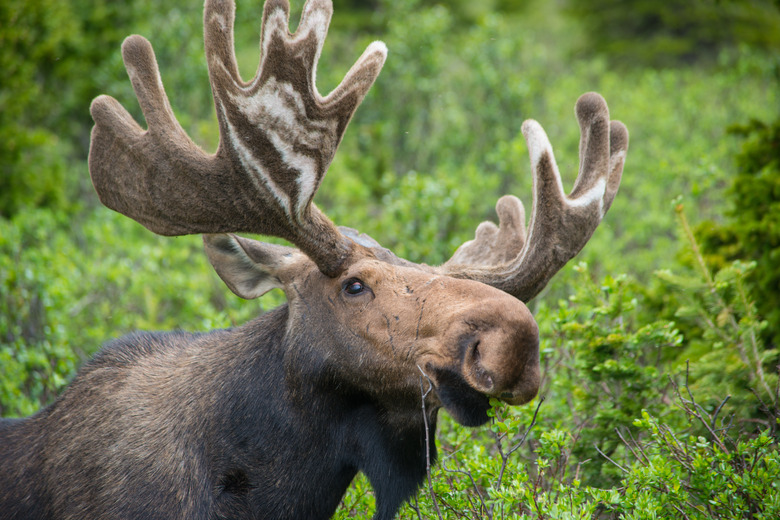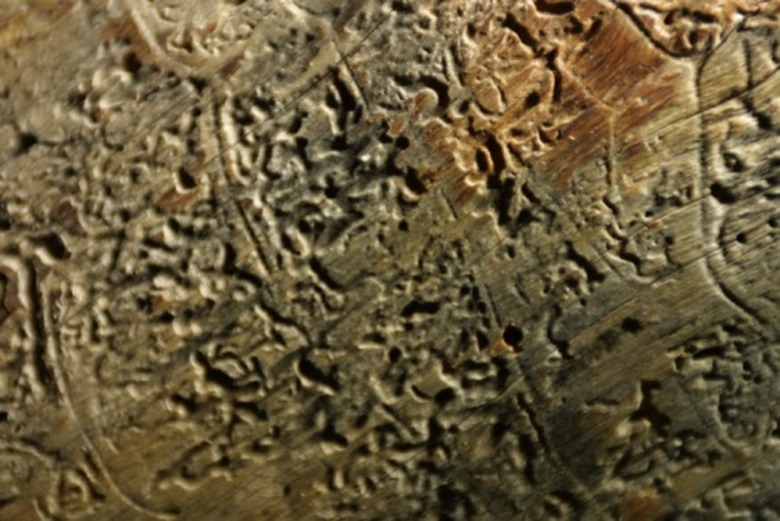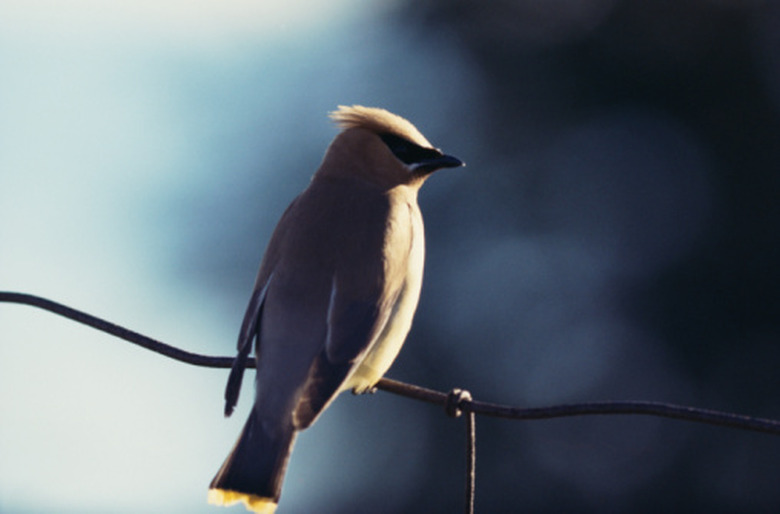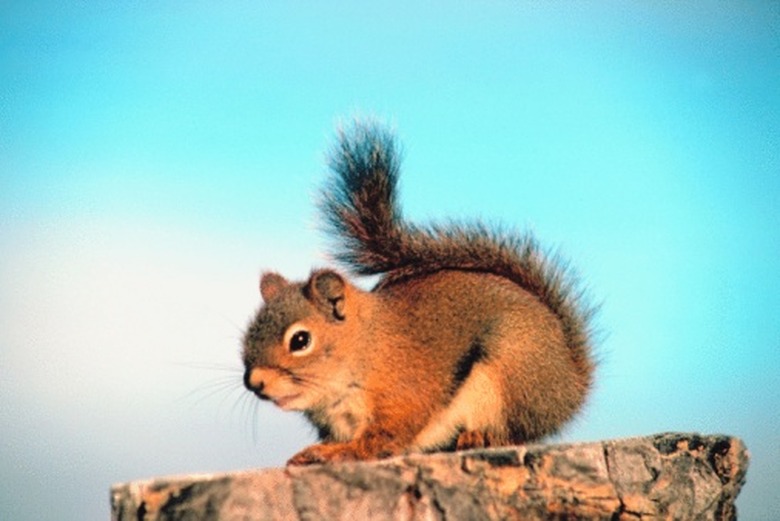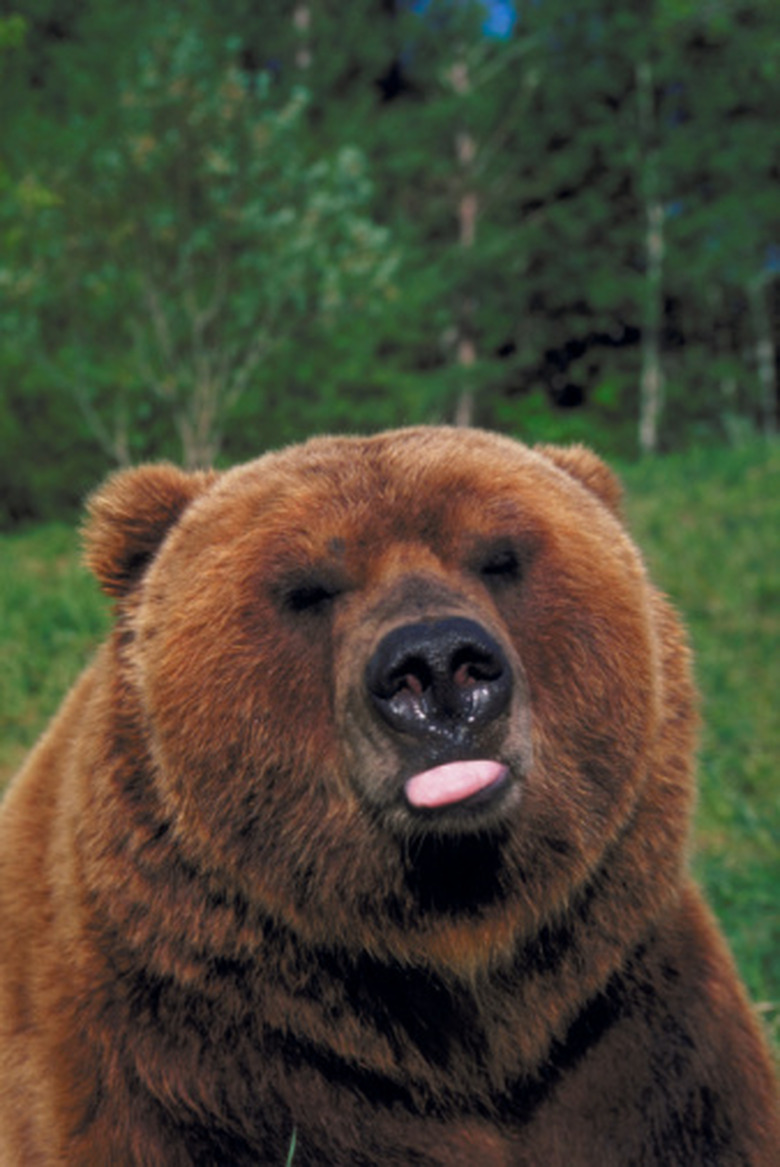What Types Of Primary Consumers Are In The Coniferous Forest?
Coniferous forests are particularly extensive in the high latitudes and mountainous country of the temperate and subarctic regions, where conifer trees have the edge over broadleaved hardwoods in the challenging climate. To a visitor hiking in the taiga of northern Canada or Russia, wildlife may seem scarce. But animals do flourish there, many of them acting as primary consumers, or herbivores.
Invertebrates
Invertebrates
A host of insects perform primary-consumer duties in the coniferous forest. Indeed, many feed directly on the conifers themselves. For example, the southern pine beetle is an important source of mortality for many of the iconic pines of the American Southeast, from loblolly to long-leaf, as well as various species in the mountain woodlands of Mexico and Central America. Often such insects bore into the bark or foliage of conifers when the trees are already afflicted with some malady, such as a lightning-strike wound.
Birds
Birds
Birdlife in the coniferous forest encompasses a great range of ecological niches, including many primary consumers. Among the most striking in North America is the Clark's nutcracker, a handsome jay of high-elevation forests of the West. This intelligent bird harvests seeds from mountaintop conifers like the whitebark pine, then caches them over a broad area to serve as winter food sources. Meanwhile, other birds concentrate on berries and fruits of understory hardwood shrubs. A flurry of cedar waxwings might descend on a fruiting huckleberry or serviceberry thicket in a western coniferous forest, for example, while in a jack-pine stand in the upper Midwest or Northeast a northern cardinal might forage on partridge berries.
Mammals
Mammals
Mammalian primary consumers in coniferous forests range from small rodents to the largest animals native to the ecosystem. Squirrels hoard supplies of pine nuts, occasionally raided by huge brown bears that straddle several ecological niches, as devoted omnivores. In both North America and Eurasia one of the heftiest primary consumers is the moose (called elk in the Old World), a giant, bulbous-nosed deer on towering legs. In the North American boreal forest, woodland caribou nibble lichen in groves of spruce and fir, and snowshoe hares feed on twigs, bark and vegetation.
Food Web
Food Web
Primary consumers access energy ultimately supplied by the sun via photosynthetic organisms, mainly plants, fungi and lichen. They, in turn, are processed for energy by the secondary consumers that hunt them. A woodpecker will bore out the grubs of tree-feeding insects, and the arboreal weasels called martens and fishers pursue squirrels in the canopy of North America's boreal and montane conifer forests. Even the largest mammals in the forest, such as caribou, elk and moose, may fall prey to large carnivores like gray wolves and pumas. Both brown and black bears sometimes resort to carnivory in between slurping mushrooms, berries and grubs, particularly targeting ungulate fawns and calves.
Cite This Article
MLA
Shaw, Ethan. "What Types Of Primary Consumers Are In The Coniferous Forest?" sciencing.com, https://www.sciencing.com/types-primary-consumers-coniferous-forest-8646063/. 22 November 2019.
APA
Shaw, Ethan. (2019, November 22). What Types Of Primary Consumers Are In The Coniferous Forest?. sciencing.com. Retrieved from https://www.sciencing.com/types-primary-consumers-coniferous-forest-8646063/
Chicago
Shaw, Ethan. What Types Of Primary Consumers Are In The Coniferous Forest? last modified March 24, 2022. https://www.sciencing.com/types-primary-consumers-coniferous-forest-8646063/
